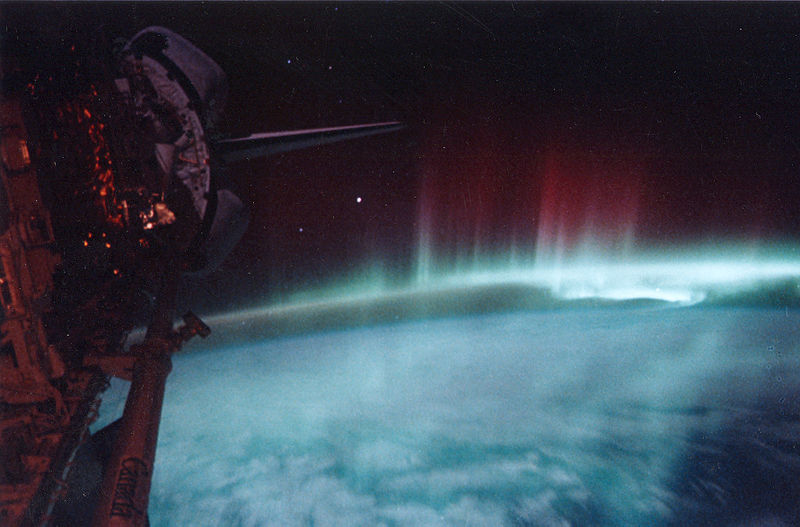By Mylynka Kilgore-Cardona, PhD, Map Curator, Archives and Records, Texas General Land Office
Johannes Van Keulen & Claes Jansz Vooght, Pas Kaart Van de Golff van Mexico Door C.J. Voogt Geometra T Amsterdam by Johannis Van Keulen Boek en Zee Kaart verkoper aande Niewe-Brug inde Gekroonde Lootsman Met Privilegie voor 15 Iaaren,[Sea Chart of the Gulf of Mexico], Amsterdam, 1695, Map #94081, General Map Collection, Archives and Records Department, Texas General Land Office. Austin, TX.
In the nearly four hundred years that it took for Texas to take its current shape, the space changed from an extensive, unexplored and sparsely settled frontier under the Spanish Crown to its iconic and easily recognizable outline. Mapping Texas: From Frontier to the Lone Star State traces the cartographic history of Texas from the sixteenth to the twentieth century, from contested imperial claims that spanned the continent to individual rights of ownership all with the understanding that in order for a place to be claimed, it needed to be mapped. Over fifty rare maps from the collections of the Texas General Land Office and the personal collection of Frank and Carol Holcomb, of Houston, are on display. Additional maps are on loan from The Bryan Museum in Galveston and the Witte Museum in San Antonio. This exhibit runs at the Houston Museum of Natural Science through October 8, 2017
This 1695 map of the Gulf of Mexico is featured in the fourth part of Johannes Van Keulen’s atlas, Zee-Fakkel (Sea Torch). Based in Amsterdam, Van Keulen (1654-1715) was a Dutch printer known for his maritime atlases and shipping guides. The Zee-Fakkel was the most used maritime atlas of the seventeenth and eighteenth centuries, printed in several editions and languages. Generations of sailors used the Van Keulen family’s maps and guides aboard their ships.[1]
Drawn by Dutch cartographer, mathematician, and writer Claes Janszoon Vooght (d. 1696), this chart of the western Gulf of Mexico shows the early Texas coastline. According to Donald A. Heald, this map is “the first sea chart of the western portion of the Gulf of Mexico detailing the coastal waters of present-day Florida, Alabama, Mississippi, Louisiana and Texas.”[2] Because it is a sea chart, loxodromes crisscross the map.[3]
Detail of loxodromes and a ship in the Gulf of Mexico.
This map is unique because of its presentation. Oriented to the west, what would become Texas is at the top of the map. The area hand-colored pink and labeled “Mexico” at the top of this sheet is modern-day south Texas and the Mexican state of Tamaulipas. Near to the notation of the Costa de Piscadoris (Fishermen’s Coast) you can see the opening of the Rio Bravo (Rio Grande River) and the start of the land that is now Texas.
Detail of Texas coast showing several of the rivers that emptied into the Gulf of Mexico.
Detail of one of the compass roses with fleur-de-lis indicating north.
The inset at the lower left corner depicts the area around the city of Veracruz, including the island fortress of San Juan de Ulúa.
The chart then follows the Gulf Coast around to the Yucatan Peninsula. The bottom left features an inset of the area around the city of Veracruz highlighting the fortress of San Juan de Ulúa, on an island of the same name. The fort, built by the Spanish in 1565, was important for both the defense of and trade in and out of Veracruz.
On the right-hand side of the map, the mouth of the Mississippi River is indicated by its then-known name of “Baja de Spirito Sancto” and several rivers and bays of the southern Gulf Coast are marked. Because the majority of the explorations were done by the Spanish, all of the place names on the map are in Spanish.
The right-hand side of the map showing the Texas, Louisiana, Mississippi, Alabama, and Florida Gulf Coast. A compass rose indicates the land is due north.
This map also features gilded highlights. There is gold leaf decoration on the compass roses and the mirror held by the putti (cherub) with the snake in the map’s cartouche. This type of work was done by Dutch mapmakers in the seventeenth century for their wealthy clients. Owning high quality, exquisitely hand detailed maps decorated with gold leaf was a mark of high social standing.[4]
Detail of cartouche. The mirror held by the putti with the snake is decorated with gold leaf.
Can’t make it to Houston? You can view the majority of the maps in this exhibit in high definition on the GLO’s website where you can also purchase reproductions of the maps and support the Save Texas History program.
[1] For more on the Zee-Fakkel see http://www.geheugenvannederland.nl/en/geheugen/pages/collectie/Atlassen+uit+het+Scheepvaartmuseum/De+Zee-Fakkel+van+Johannes+van+Keulen and http://www.geheugenvannederland.nl/en/geheugen/pages/collectie/Atlassen+uit+het+Scheepvaartmuseum/De+Zee-Fakkel
[2] See more at: https://www.donaldheald.com/pages/books/25772/johannes-van-keulen-d-1696-claes-janszoon-vooght/pas-kaart-van-de-golff-van-mexico#sthash.a9pVxiPK.dpuf
[3] Loxodromes, also known as rhumb lines, are imaginary lines on the earth’s surface based on the 32 points of the compass and are used as the standard method of plotting a ship’s course. For more see https://www.britannica.com/topic/loxodrome
[4] F.J. Manasek, Collecting Old Maps, Second Edition, Eds. Marti Griggs & Curt Griggs( Clarksdale, AZ: Old Maps Press, 2015), p193.















